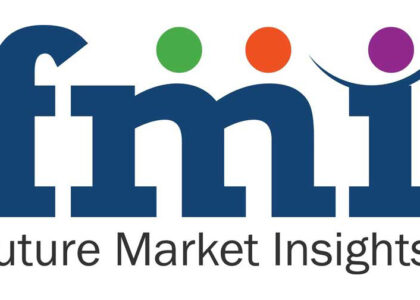Imagine an industrial process where every drop of water is used, treated, and reused. This vision becomes reality with Zero Liquid Discharge (ZLD) systems, playing a crucial role in industries worldwide. ZLD systems eliminate wastewater discharge, minimizing environmental impact and maximizing water sustainability. Driven by stricter environmental regulations, growing water scarcity concerns, and the need for resource recovery, the ZLD market is experiencing significant growth, presenting exciting opportunities for a more sustainable future.
Applications of ZLD Systems
ZLD systems come in various configurations, each tailored to address specific wastewater challenges across diverse industries:
- Power Generation: Thermal power plants and desalination facilities generate large volumes of wastewater. ZLD systems treat this wastewater, allowing for reuse in cooling towers or other processes, minimizing freshwater consumption.
- Chemical and Petrochemical Industries: These industries utilize various chemicals, resulting in complex wastewater streams. ZLD systems treat and separate contaminants, enabling water reuse within the production process and reducing reliance on freshwater resources.
- Pharmaceutical and Bioprocessing: Stringent regulations and the need for high-purity water necessitate advanced wastewater treatment in these sectors. ZLD systems ensure wastewater meets stringent discharge standards or allows for safe reuse within specific processes.
- Mining and Metal Processing: Mining activities generate wastewater laden with heavy metals and other contaminants. ZLD systems treat this wastewater, allowing for water recovery and responsible disposal of concentrated brines or solids.
- Food and Beverage Production: Food processing generates wastewater with high organic content. ZLD systems treat this wastewater, enabling water reuse for non-critical applications like cleaning or irrigation, reducing freshwater usage.
Get Exclusive Sample Copy of the Report: https://www.futuremarketinsights.com/reports/sample/rep-gb-19010
Drivers and Opportunities
The ZLD market is experiencing a surge in popularity driven by several key trends:
- Stringent Environmental Regulations: Governments worldwide are implementing stricter regulations regarding wastewater discharge. ZLD systems offer a solution to comply with these regulations and minimize environmental impact.
- Water Scarcity Concerns: With growing populations and increasing water demand, ZLD systems provide a sustainable solution by maximizing water reuse and minimizing freshwater consumption.
- Resource Recovery: ZLD systems can recover valuable resources from wastewater, such as salts and minerals, creating additional revenue streams for industries and contributing to a circular economy.
- Technological Advancements: Manufacturers are constantly innovating, developing more efficient and cost-effective ZLD technologies, making them a more attractive option for a wider range of industries.
- Focus on Corporate Sustainability: Many companies are prioritizing sustainability initiatives. ZLD systems demonstrate environmental responsibility and contribute to a company’s overall sustainability goals.
The global zero liquid discharge system market is anticipated to reach a valuation of USD 7.9 billion in 2024, driven by focus on sustainable development. The trend is expected to create new opportunities for the market, leading to a projected CAGR of 8.7% between 2024 and 2034, and reaching a total valuation of approximately USD 18.1 billion by 2034.

Key Companies
- ALFA LAVAL
- AQUARION AG
- Aquatech International LLC
- Evoqua Water Technologies LLC
- GEA Group Aktiengesellschaft
- H2O GmbH
- IDE Water Technologies.
- Mitsubishi Power Ltd
- Praj Industries
- SafBon Water Technology.
Challenges and Considerations
The ZLD market also faces some hurdles:
- High Initial Investment: ZLD systems can be expensive to install and operate. However, the long-term benefits in terms of water savings, regulatory compliance, and potential resource recovery can outweigh the initial investment.
- Energy Consumption: ZLD treatment processes can be energy-intensive. Integrating renewable energy sources with ZLD systems can help minimize the environmental footprint.
- Skilled Workforce: Operating and maintaining complex ZLD systems requires specialized knowledge and skills. Training programs are crucial to address this skills gap.
Get Full Report Now:
https://www.futuremarketinsights.com/checkout/19010

